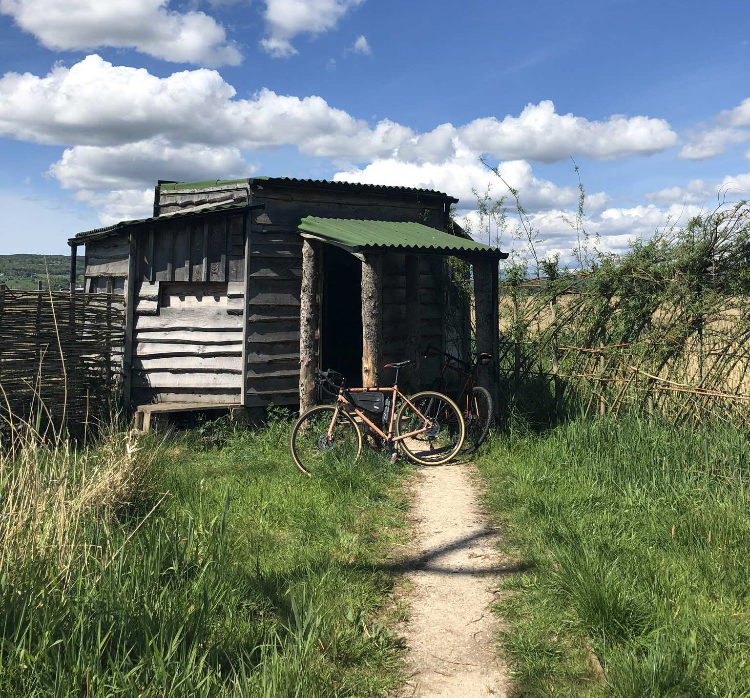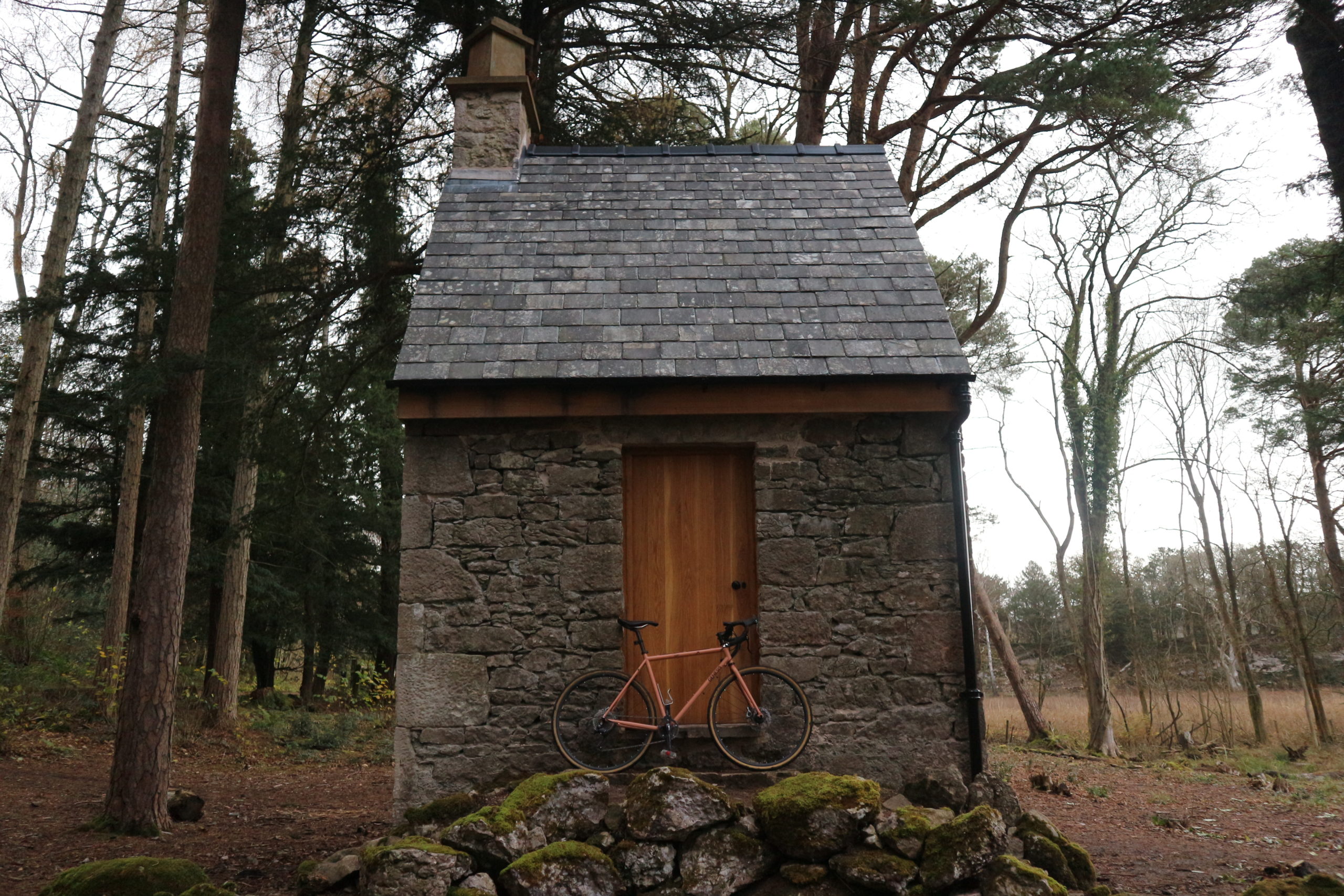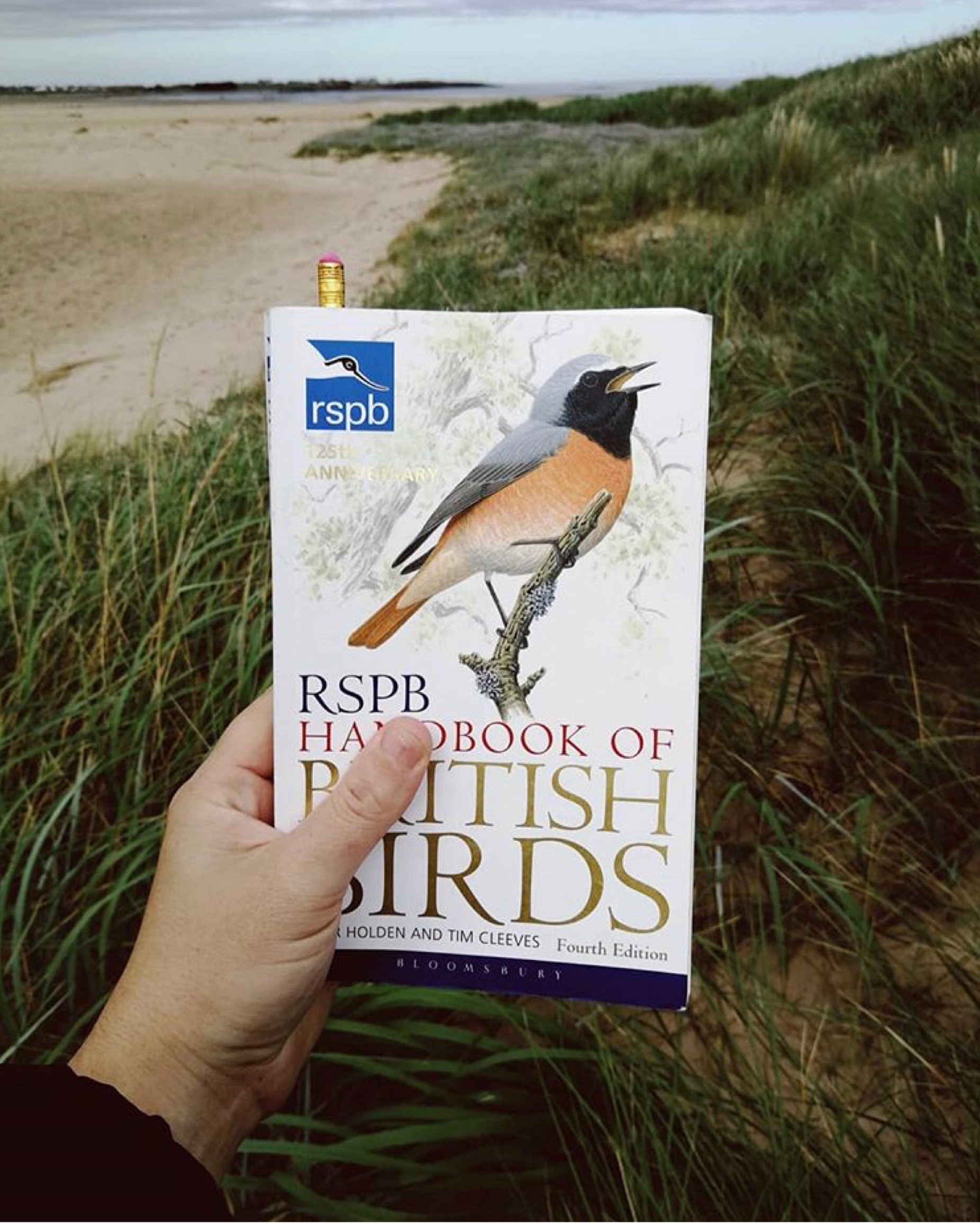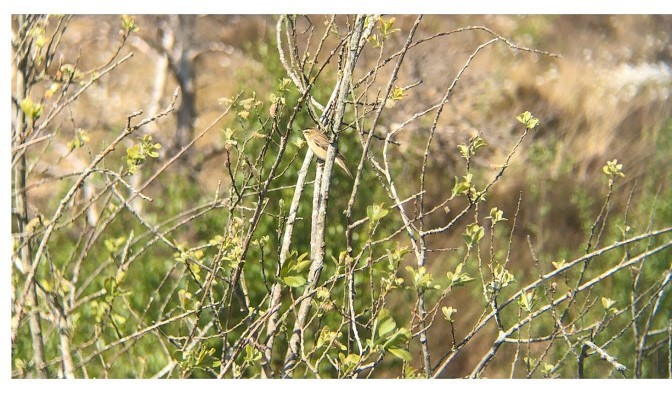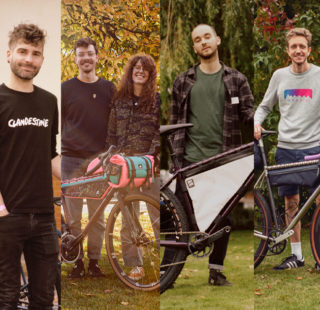Based in Kendal, a town nestled between the Lake District and Yorkshire Dales national parks, schoolteacher Abi Rose is a both an avid birdwatcher and cyclist. Combing the two, she’s spent much of this year exploring on her doorstep, taking her trusty Genesis Croix de Fer to bird hides across the North West.
After discovering her account on instagram, @bikesandbirdhides, and her blog about her travels, we asked Abi Rose to tell us more about why birdwatching and bikes go so wonderfully hand in hand.
Why birdwatch by bike?
I’m totally biased, I literally run a blog about taking my bike rides out to bird hides, but I do genuinely believe that rolling up to the perfect bird watching spot on your bike is one of the greatest pleasures in life!
Birding by bike is an inexpensive way to get fully immersed with your surroundings and appreciate an animal that you rarely stop to observe, unless taking the time to look up.
On top of all this, it’s an excellent way to mix up routes that have maybe become a bit repetitive. As the first 2020 UK lockdown stretched on, trying to find new additions to the same loops became a must, and the binoculars soon followed on all my outings.
Sure, bird watching is typically synonymous with older men in anoraks braving any weather to catch a glimpse of some lesser spotted bird… But when you think for a minute, you can kind of get why they do it.
Think of the thrill, something all cyclists know about.
You’ve ridden to a relatively remote spot, pushed your bike along the raised board walk through the wetland to get to the edge of a body of water. As you quietly push open the door of the hide, you see you’re in luck, the only one in there. As you get comfortable, you spot some rustling along the reeds on the water’s edge, you grab your binoculars quick, but just as quickly as it started it’s stopped.
Was it just the wind? You sit for longer, scanning the waters edge, any inlets, and of course the skyline above. You see it. That marsh harrier you were told nests here, or the elusive water rail that has finally broken cover, or the bearded tit that sits proudly at the top of the reed before darting off.
Twitching can become obsessive, something like Pokémon – a race to catch them all and tick them off. But for me, it’s about stopping to explore that tarn you always ride past, or that woodland you always rip through, or the coastline that always seems to be brimming with wildlife. It’s for those moments where you know you want to stop or even just go a little slower.
Plus, a great photo can be made from propping your bike up against the hide, trust me.
Don’t I need a load of kit?
The best thing about bird watching is that it really doesn’t have to be about having the latest kit in order to enjoy it. The key things I try to take are:
- Binoculars: When I first started birdwatching I didn’t actually own a pair, so I used to just watch the behaviours of the birds, trying to spot patterns and characters. Now, I like to be able to make out distinguishing features and hopefully identify the birds!
- Phone/Camera: I’m very much an amateur in the photography department, and I simply take photographs of the birds through the binos using my phone camera – that’s often more than enough to be able to distinguish marks and colourings which can help me identify the birds later.
- Notepad: I don’t always take it, but when I remember to, a notepad can be great to jot down exactly where you saw the bird. Was it woodland, was it heathland, was it on the water’s edge? This can be really useful later on!
- Flask and snacks: The hides are always cold, fact. And if you’re in it for a long-haul session, hot fluids are a must, and extra layers are handy too. Plus, it’s pecky business this twitching lark!

Binos, a notebook and identification guides are all really handy, although you don’t necessarily need these to get started
But what am I looking at?
When I get home, that’s when I tend to identify. When I’m at the hide I don’t want to get wrapped up in ‘well, what did I just see?’. I tend to use the RSPB Handbook, as not only are the images incredibly clear but it also gives an excellent starting point to figure out the likelihood of what you’ve seen.
The key questions I always ask myself when trying to identify are:
- What was the size? Smaller than a blackbird or bigger is a good starting point, relate to common birds you already know.
- Where there any distinguishing colours or marks on the bird’s body, throat, head or tail?
- Where was it? What was the habitat like? Woodland, marsh, lake, pasture?
- Did it have a distinguishing call? Check the RSPB website, as they have great recordings.
How do I know where to go to birdwatch?
Finding where to go couldn’t be easier! The simplest thing to do is just stop by existing features that you already pass on your rides; think woodland, bodies of water, and hedgerows. There is bound to be an abundance of birds if you stop for long enough.
Here are some of my favourite bird hide rides in the South Lakes from Kendal on komoot:
If you’re looking to have a destination ride, the places I always look in the UK are:
- The RSPB Royal Society for the Protection of Birds)
- The relevant Wildlife Trust (46 regional trusts in the UK)
- National Parks / AONB (Area of Outstanding Natural Beauty) websites (there are 46 AONBs in the UK)
- The National Trust / The National Trust for Scotland
- Natural England / Scottish Natural Heritage / Natural Resources Wales
- Forestry England / Forestry and Land Scotland
What’s great about these sites is they often give you a hint as to what to look for, making it much easier to identify and spot when you’re out there.
The best bet is just to head off, binoculars strapped to you or your bike and go for it!
Check out more from Abi Rose’s birdwatching bike rides on Instagram, komoot and on her blog.
Last modified: 18th November 2020

